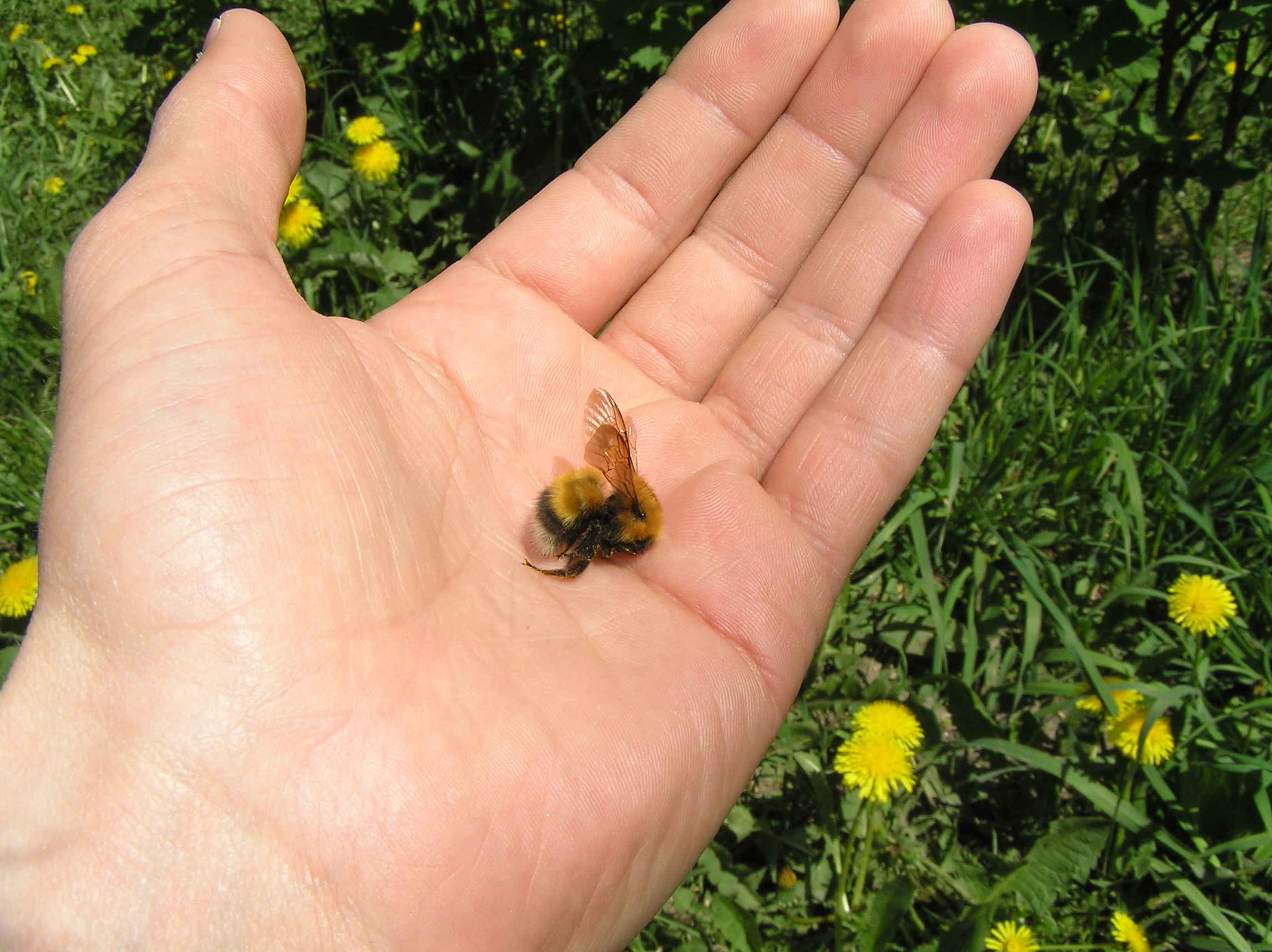Bee Colonies Continuing to Die
May 20, 2015
Survey Shows Over 40 Percent of Bee Hives Died in Last Year
According to a federal survey, more than two out of every five honeybee colonies have died off over the past year. Surprisingly, the worst die-out of honeybee colonies occurred over through the summer months when plants are in bloom and honeybees generally thrive. As outlined in an articles posted on abcNews.go.com, beekeepers have lost over 40 percent of their colonies since April of last year – this according to a survey conducted by the Department of Agriculture by connecting with a bee partnership.
Keith Delaplane, a co-author of the study working at the University of Georgia, said, "What we're seeing with this bee problem is just a loud signal that there's some bad things happening with our agro-ecosystems. We just happen to notice it with the honeybee because they are so easy to count." While this sounds like a dire situation, it is important to keep in mind that when a honeybee colony does die, beekeepers will split the surviving colonies to help create new ones and increase the bee population.
Dennis vanEngelsdorp, another co-author of the study out of the University of Maryland, states that the shock from entomologists comes from the fact that more honeybee colonies are dying in the summer months than in the winter months – the survey conducted found that beekeepers lost over 25 percent of their colonies during the summer months of 2014. This number is an increase from the 19.8 percent of lost colonies from Summer 2013. "You just don't expect colonies to die at this rate in the summer."
Delaware, Illinois, Iowa, Maine, Maryland, Oklahoma, Pennsylvania, and Wisconsin saw more that 60 percent of their honeybee hives perish since April 2014. "Most of the major commercial beekeepers get a dark panicked look in their eyes when they discuss these losses and what it means to their businesses," said Diana Cox-Foster, an entomology professor from Pennsylvania State University, who was not part of the Department of Agriculture study but praised the process and its findings.
According to Delaplane and vanEngelsdorp, the combination of mites, pesticides, and poor nutrition are likely to blame for the death of honeybee hives. Jeff Pettis, a USDA bee scientist, stated that the large bee die-off in Summer 2014 included an unusually high queen loss and seemed to effect colonies that moved more frequently more severely. Dick Roger, chief beekeeper for Bayer, a pesticide-making company, states that the recorded losses are “not unusual at all” and that the survey conducted by the USDA does not take into account the increase in hives from 2.64 million in 2014 to 2.74 million in 2015.
While this statement may seem like a logical explanation for the disturbing reported losses, it does not necessarily mean the health of honeybee colonies are improving. vanEngelsdorp reminds us that when a honeybee colony dies, the beekeeper splits the remaining hives to create new ones and recoup the lost bees. While this practice increases the number of bee colonies, it also pushes the insects to their limits, which is not good for their overall health of the longevity of the honeybee population.


.jpg)



